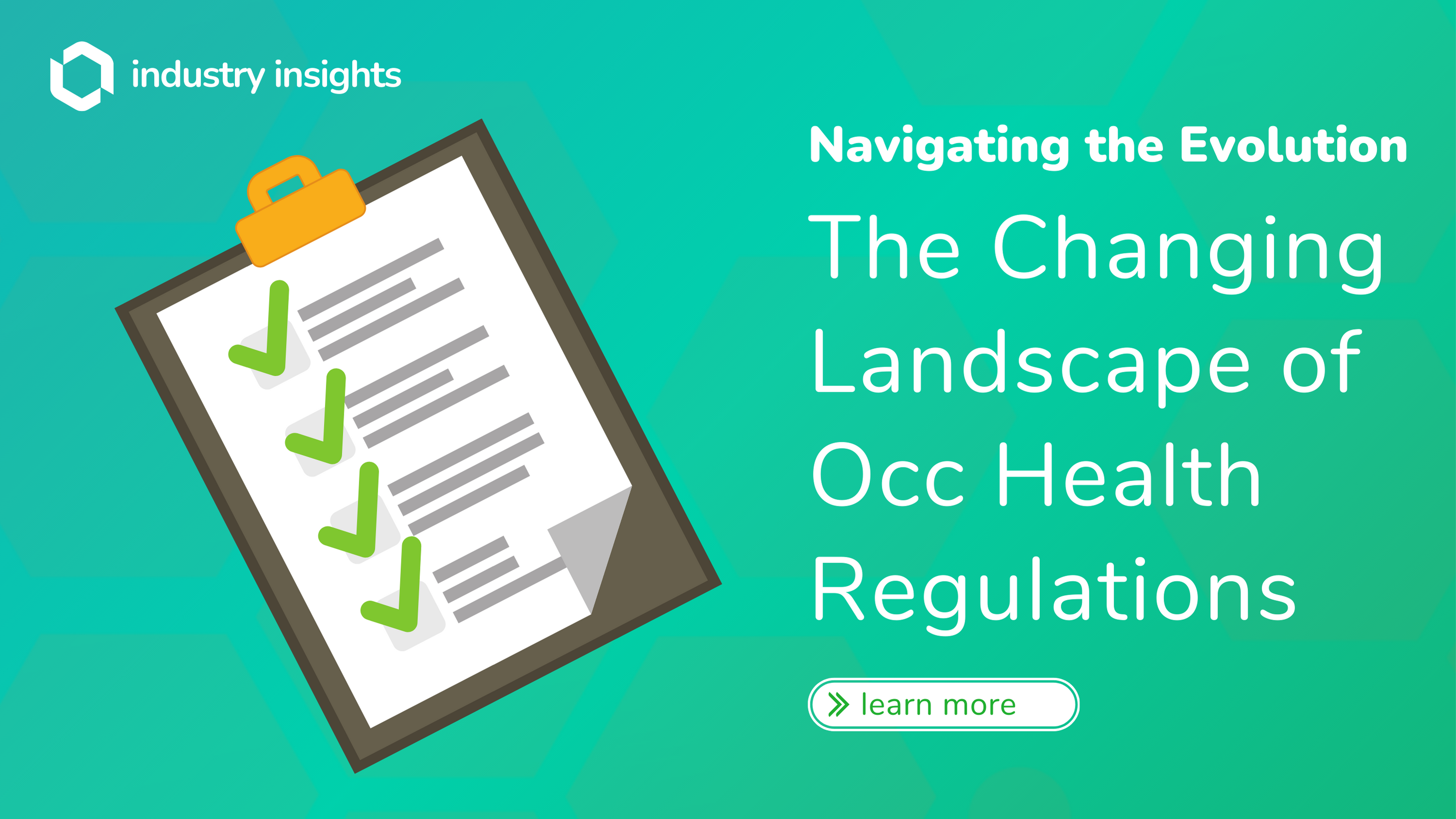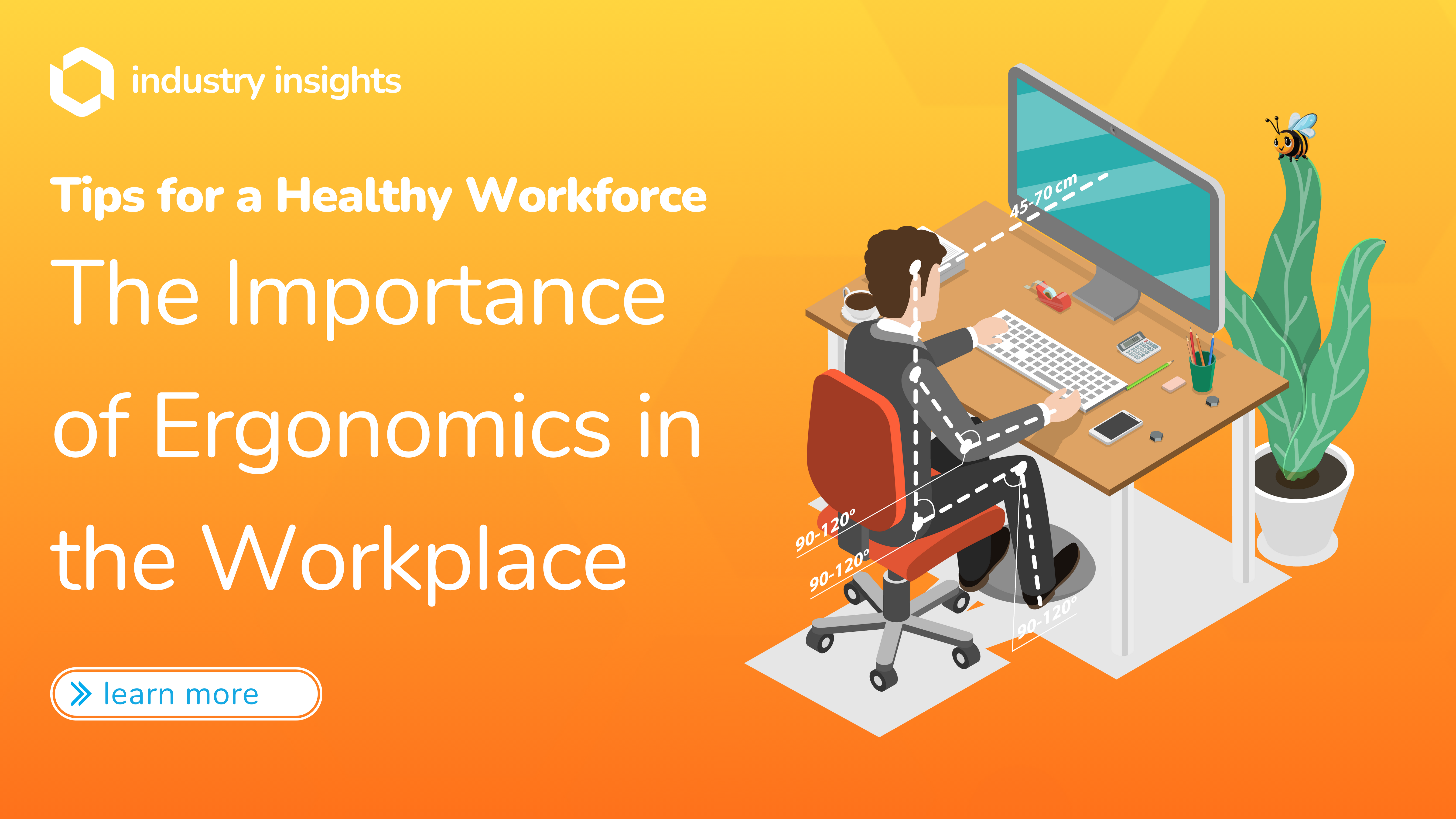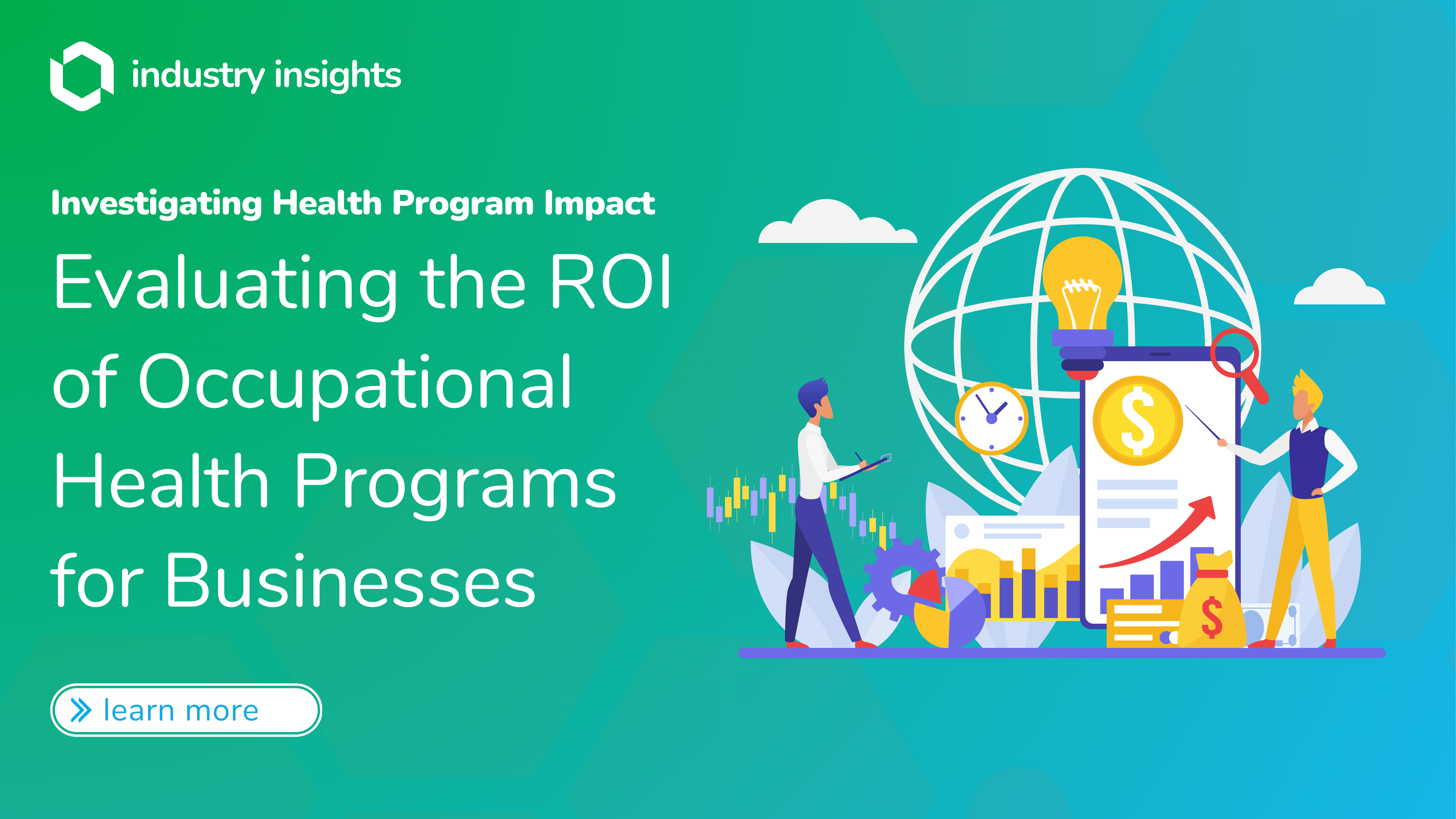Occupational health regulations play a vital role in safeguarding the well-being of employees and ensuring safe working environments. As workplaces evolve, so do the regulations that govern them. Staying up-to-date with these changes is essential for employers to fulfill their obligations and protect the health and safety of their workforce. In this article, we will explore the evolving landscape of occupational health regulations, highlight key areas of change, and provide insights on how employers can adapt and comply with the new requirements.
Evolving Occupational Health Regulations
Occupational health regulations are constantly evolving to address emerging risks, advancements in technology, and changes in the work environment. Recent trends indicate a shift towards a more comprehensive approach that encompasses physical, mental, and emotional well-being. Key areas of change in occupational health regulations include:
Mental Health and Psychological Well-being:
There is increasing recognition of the impact of work-related stress, burnout, and mental health issues on employee well-being and productivity. Regulations are being developed to address these concerns, emphasizing the need for prevention, support, and appropriate management of mental health in the workplace.
Remote Work and Flexible Arrangements:
The rise of remote work and flexible work arrangements has prompted regulators to adapt occupational health regulations to cover employees’ health and safety in non-traditional work settings. Employers are now required to ensure the well-being of remote workers, provide necessary equipment, and address potential risks associated with remote work.
COVID-19 Pandemic Response:
The global pandemic has led to the implementation of specific regulations and guidelines related to occupational health. These include measures for infection control, social distancing, personal protective equipment (PPE) requirements, and vaccination policies. Employers must keep abreast of evolving COVID-19 guidelines and regulations to protect their workforce effectively.
Adapting to Changing Regulations:
To navigate the changing landscape of occupational health regulations, employers can take several proactive steps:
Stay Informed:
Regularly monitor updates and changes in occupational health regulations at the local, national, and international levels. Stay connected with relevant industry associations, government agencies, and occupational health professionals to stay ahead of the curve.
Conduct Risk Assessments:
Regularly assess the workplace for potential hazards, both physical and psychological, to identify areas of non-compliance and implement necessary control measures. This includes assessing risks associated with remote work and addressing the unique challenges it presents.
Update Policies and Procedures:
Review and update company policies and procedures to align with current regulations and guidelines. This may involve revising health and safety protocols, implementing mental health support programs, and integrating COVID-19 prevention measures.
Provide Training and Education:
Equip managers, supervisors, and employees with the necessary knowledge and skills to adhere to new regulations. Conduct training sessions on topics such as mental health awareness, remote work safety, and infection control protocols.
Utilize Technology Solutions:
Leverage occupational health management platforms like Bluehive to streamline compliance processes, manage documentation, and track employee health records. These tools can help ensure regulatory compliance, simplify reporting, and enhance overall occupational health management.
As the landscape of occupational health regulations continues to evolve, it is crucial for employers to stay informed and adapt to these changes. By understanding the emerging trends and proactively implementing measures to comply with evolving regulations, employers can create safer, healthier work environments for their employees.
BlueHive, as an innovative occupational health management platform, can assist employers in navigating the changing landscape of regulations. By utilizing BlueHive’s features and capabilities, employers can streamline compliance processes, manage occupational health documentation, and stay updated on the latest requirements.
Remember, compliance with occupational health regulations is not only a legal obligation but also a commitment to the well-being of employees. By embracing the changing landscape of regulations and prioritizing occupational health and safety, employers can foster a positive work environment and ensure the long-term success of their organization.




